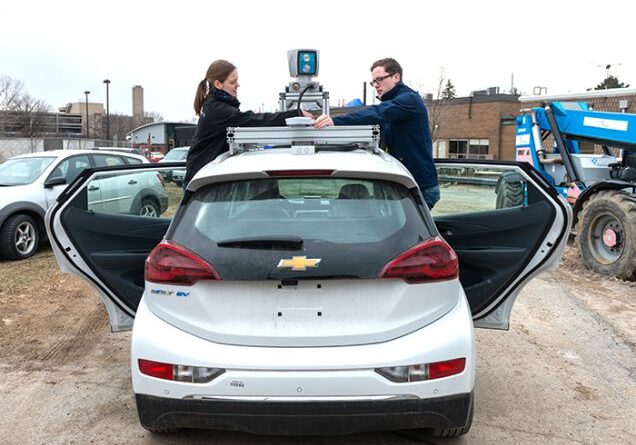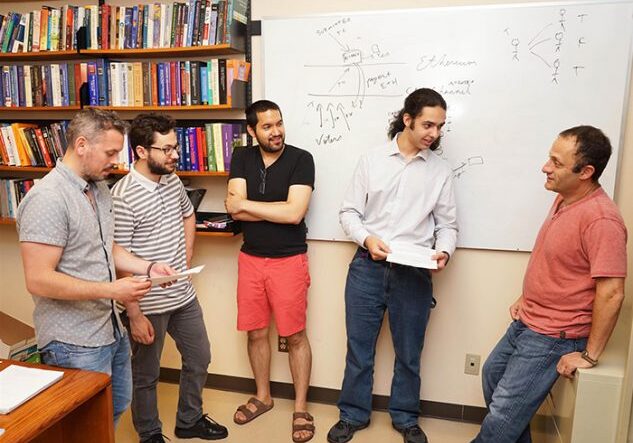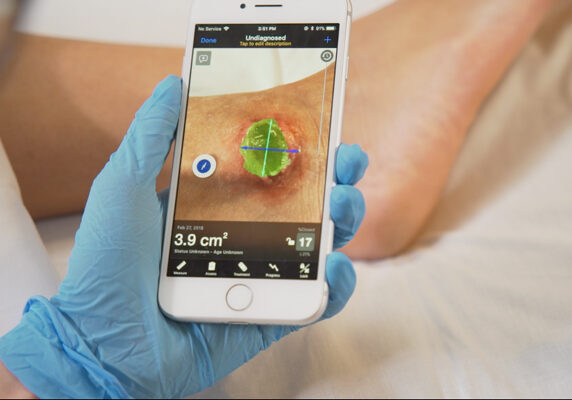
This alumni startup uses AI to visualize wound healing
U of T Engineering alumnus Carlo Perez is the founder and CEO of Swift Medical, a company that turns any smartphone into a medical tool for wound care management
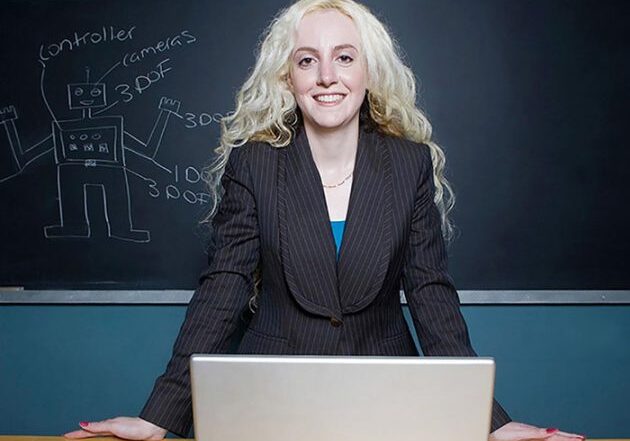
Professor Goldie Nejat on AI’s impact on health care
“Human movement and behaviour are unpredictable, so we are seeing if robots can adapt and react to that,” says Professor Goldie Nejat (MIE)
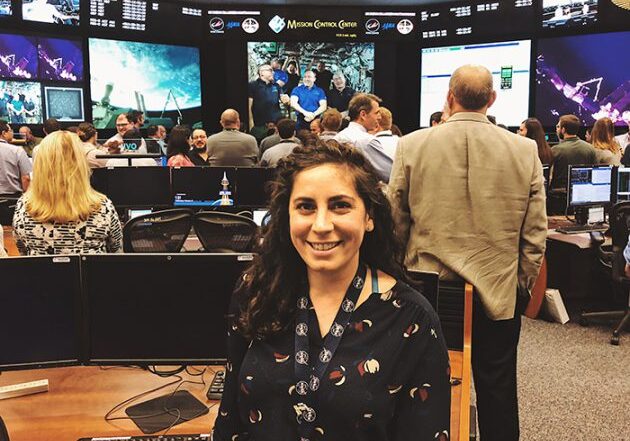
‘Completely surreal’: Kristen Facciol earns CSA/NASA Robotics Flight Controller Certification
Alumna becomes 14th Canadian — and fifth U of T Engineering graduate — to earn elite designation to control space robotics missions
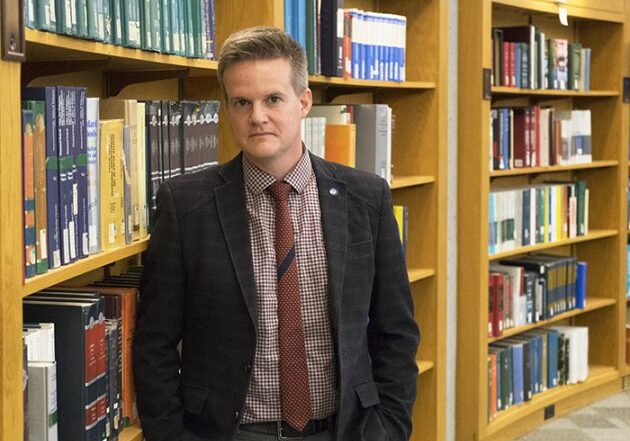
Eight U of T Engineering researchers named Vector Institute Faculty Affiliates
The Vector Institute brings together leading researchers in deep learning, machine learning and artificial intelligence (AI) generally, from across Ontario

U of T Engineering to host inaugural alumni bootcamp on machine intelligence
Engineering Science offers one-day crash course led by experts in the field
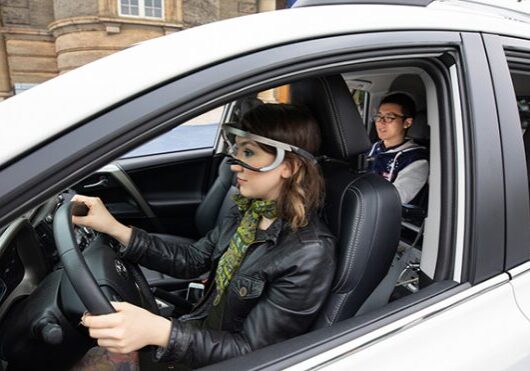
More than half of drivers don’t look for cyclists when turning right, reveals U of T Engineering study
Researchers tracked drivers’ eye movements to examine how attention is divided during turning, revealing that many fail to shoulder check — especially those who frequently drive downtown
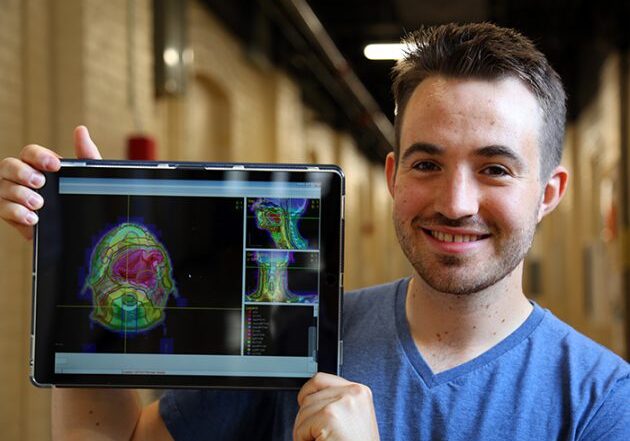
Smarter cancer treatment: AI tool automates radiation therapy planning
U of T Engineering researchers develop an artificial intelligence (AI) tool to cut the time of developing radiation therapy plans down to mere hours

